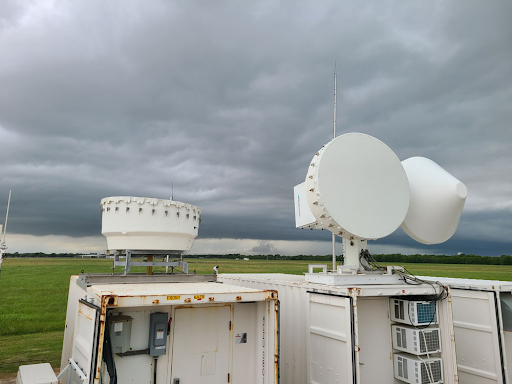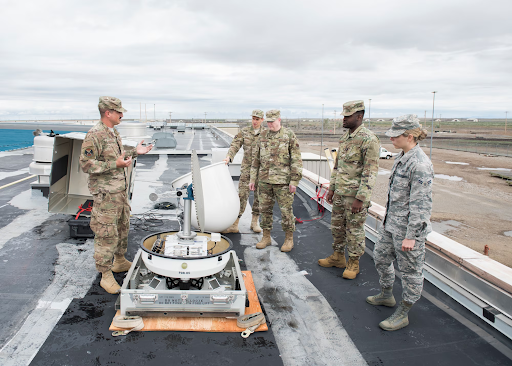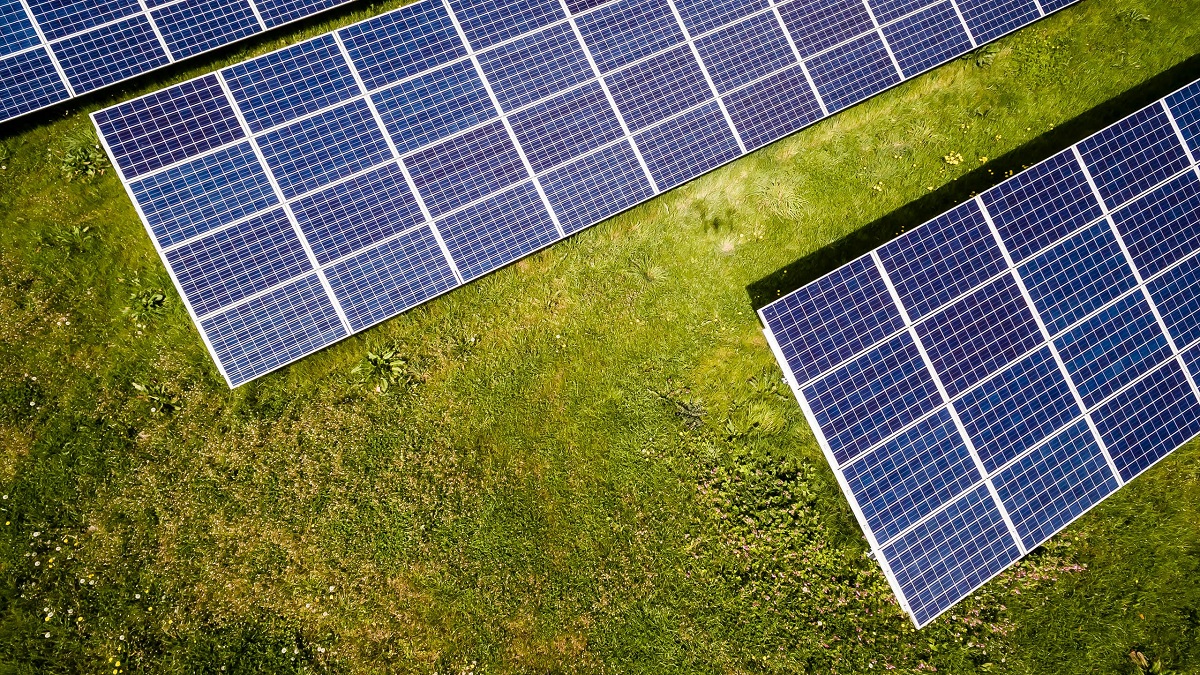
Wondering whether you need an umbrella today? Thinking about whether it’s safe to wear your nice shoes outside? These everyday questions find their answers thanks to a somewhat unsung hero: weather radar. A key factor of weather prediction, radar technology helps both meteorologists and ordinary individuals expect what the weather has in store.
Although radar technology might seem like a modern invention, its roots trace back to the late 19th century. One of the groundbreaking figures of that era was the German physicist Heinrich Hertz, who revealed the reflection of radio waves from metallic objects.
This discovery found practical applications in the field. By the time World War II exploded in the 20th century, radar was already in use worldwide for military purposes, primarily for noticing and locating adverse aircraft. The term “radar” itself is an abbreviation derived from “Radio Detection and Ranging.”
The evolution of radar technology from aircraft detection to weather event inspection happened serendipitously. According to the National Weather Service (NWS), the examiner observed exceptional return signals on radar during severe weather outbreaks. It was later resolute that these signals were indicating rainfall, revealing an entirely new application for radar technology.
In 1942, the U.S. weather radar system was determined when the NWS, then known as the Weather Bureau, obtained an additional 25 radars from the U.S. Navy. Eventually, in 1959, the NWS introduced its first radar network committed to a national weather warning system.

Progress in weather radar technology continued over the next decades. One significant development was the Weather Surveillance Radar-57 (WSR-57), started in 1977. This radar ejected bursts of energy from a slowly revolving antenna, allowing scientists to estimate the size of various particles, including rain, snow, or hail. The greater the energy yielded to the radar, the larger the particles it had detected.
Another influential milestone was the opening of Doppler radar, able to detect the movement of particles, drizzle, and wind within storms by examining the radar signals’ returns. As drafted by NOAA, this advancement permitted meteorologists to track storm movement and even recognize potential tornado formations.
The NEXRAD Radar Operations Center, or “NEXRAD,” works under the National Weather Service (NWS) and plays a crucial role in carrying critical information to meteorologists, who then forward this information to the general public.
“It might look like a pretty picture on TV or a smartphone, but it’s scientific data that empowers forecasters to issue life-saving warnings when hazardous weather is on the horizon,” Schultz highlighted.
The implication of weather radars expands beyond weather forecasting. According to Schultz, NEXRAD’s radar systems also have a profound impact on the economy, military operations, and air travel.
Commerce depends severely on these radars to ensure the safe transportation of goods and usefulness across the nation. For instance, the shipping industry needs proper weather information as their drivers across the country.

In military contexts, weather forecasts are crucial for protecting valuable assets. The military needs to predict weather-related threats, such as high winds or rain that could perhaps damage aircraft on bases.
Lastly, radar data is essential for the Federal Aviation Administration (FAA) to secure the safe navigation of aircraft across the United States.
Schultz stressed that these three agencies collectively invest in radar technology to ensure complete radar coverage and early hazard detection.
NEXRAD’s radar approach is currently experiencing a comprehensive upgrade phase, organized for completion in 2024. This phase, part of a service life extension program, applies significant recovery and upgrades to ensure the radar network remains feasible and provides high-quality data until at least the 2030s.
For decades, this comprehensive radar network has been an essential tool for understanding the atmosphere. A dedicated team works diligently to secure the smooth operation of these radars.
“The majority of our employees have been here for 20-plus years,” Schultz stated.
Although the radar system is a complicated and demanding task, the team finds satisfaction in knowing that their efforts contribute to saving lives and property during major weather events.
“It’s truly rewarding to see the impact of our work,” Schultz concluded. “When a significant weather event occurs, we take great pride in knowing that our efforts are helping to keep people safe.”





